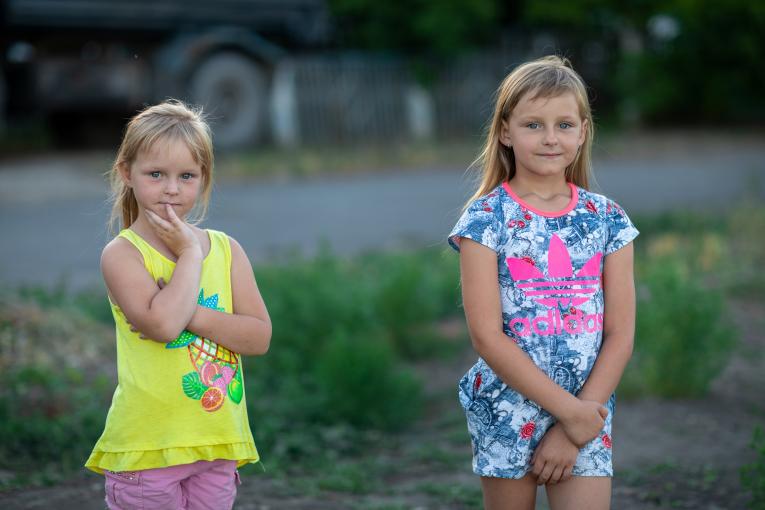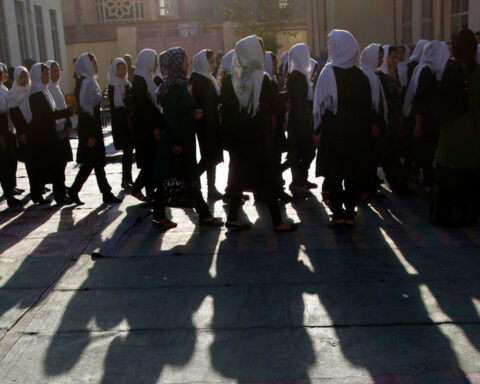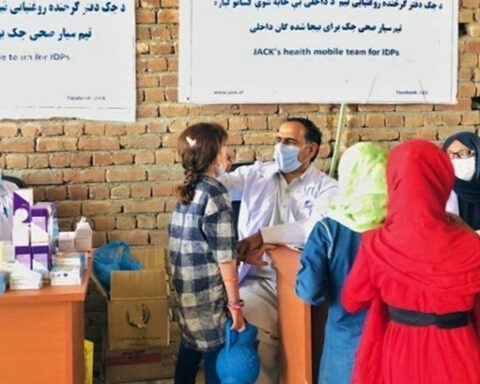FLORENCE/NEW YORK, 14 December 2020 – Child poverty is expected to remain above pre-COVID levels for at least five years in high-income countries. Yet, only 2 per cent of government-provided financial relief across OECD and EU countries was allocated specifically to support children and families raising children during the first wave of the pandemic, according to a new UNICEF report.
Supporting Families and Children Beyond COVID-19: Social Protection in High Income Countries – produced by the UNICEF Office of Research-Innocenti – explores how the social and economic impact of the pandemic is likely to affect children; the initial government responses to the crisis; and how future public policies could be optimised to better support children.
“The amount of financial relief allocated directly to children and families does not match the severe fallout of the pandemic, nor how long this crisis is expected to impact these countries” said Gunilla Olsson, Director of the UNICEF Office of Research-Innocenti.
An historic 10.8 trillion USD was spent on COVID-19 responses by high-income countries from February to the end of July 2020, around 90 per cent of which was spent on fiscal stimulus packages directed to, or through, business, the report notes. Although an essential part of the crisis response, business supports will inevitably exclude the most marginalized children and their families in society, meaning the worst off will be hardest hit. “As the second wave of COVID-19 strengthens its grip, a better balance must be sought” said Olsson.
Around one-third of OECD and EU countries included in the report did not implement any policies specifically aimed at supporting children in their response to the first wave of the pandemic. Among countries that did invest in social protection interventions for children and families – including childcare, school feeding and family allowances – the majority of these only lasted on average three months. The short-term nature of this is completely inadequate to address the projected length of the crisis and child poverty risks in the long run, the report notes.
“We are urging governments to ramp up social protection for children, alongside business supports” said Olsson. “Stronger family-focused policies must include a combination of unconditional income support for the poorest families, allowances for food, childcare and utilities, rent or mortgage waivers provided for the long-term to set stronger foundations so all children, and their families, can recover from this crisis.”
The report offers guidance to help find a better balance to meet the needs of both families raising children and the necessary business supports, including strategies to protect children and families from further fallout as the second wave of COVID-19 takes hold:
- Rebalance present fiscal stimulus to allow for increases in social protection expenditure, in line with the evidence on what works for protecting children during crises. The public and private costs related to falling living conditions in the child population today will be long lasting, and expensive, as greater demand for more intensive social interventions follow over time.
- Specifically, relax eligibility criteria for existing family policies, including employment conditions, social contributions, and residency, to enable the all vulnerable families with children – for instance, jobless households, the near poor, and recent migrants – to access benefits at this time.
- Diversify social protection responses to cover the range of needs of children and their families during COVID-19, including income support, school feeding and/or replacement services, childcare, healthcare, and waivers for utilities, rent and/or mortgages.
- As countries look to a post-COVID future, ensure that inclusive family policies – designed specifically to protect children from poverty, and improve the well-being of all children – are built into the heart of COVID-19 recovery responses.
- Continued business supports can include conditions that seek to promote family-friendly and equitable investment of these public funds – for example, regulating leave and work conditions for parents – options so far underutilised in fiscal stimulus packages.
- Protect existing child and family benefits and services from austerity, known to increase violence, homelessness, poor health, and child institutionalisation.
Finally, look to the long-term, strengthen social protection systems, and child and family policies that prevent poverty, to maximise progress towards the Sustainable Development Goals and build resilience to future shocks.






